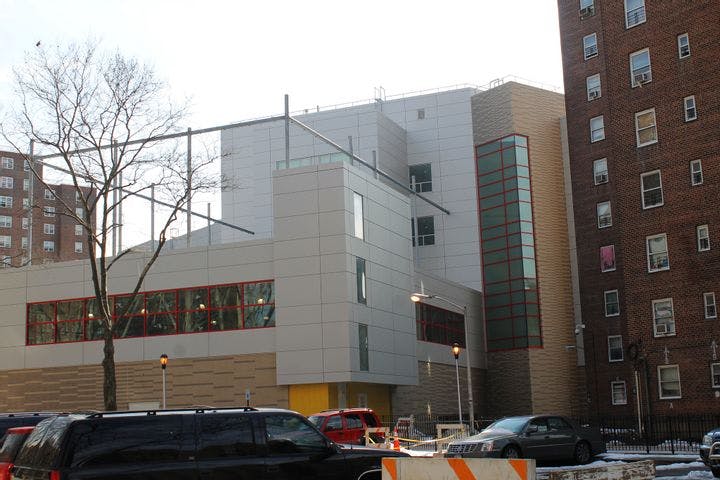Summer 2010
Closing the Achievement Gap
– The Wilson Quarterly
The racial achievement gap, one of the deepest and most intractable American social problems.
The average African-American 17-year-old today reads at the level of the typical white 13-year-old. That is only one manifestation of the racial achievement gap, one of the deepest and most intractable American social problems. Unveiling the results of the first empirical test of school performance in the highly publicized Harlem Children’s Zone, Harvard economist Roland G. Fryer Jr. and doctoral candidate Will Dobbie say that a successful strategy for closing the gap may be at hand.
The Harlem Children’s Zone is a 97-block area in Manhattan boasting a supercharged web of city- and foundation-backed community services “designed to ensure the social environment outside of school is positive and supportive for children from birth to college graduation.” Established in 1997, it offers upwards of 20 programs serving more than 8,000 youths and 5,000 adults, including Promise Academy, a group of public charter schools with approximately 1,300 students.
Promise Academy has an extended school day and year, with coordinated afterschool tutoring and weekend remedial classes.
Anecdotal evidence in recent years has provided cause for optimism. And now initial data are in: The average Promise Academy sixth grader arrives at the school outperforming just 20 percent of white New York City public school students in the same grade in math. After three years, the academy’s students outperform 45 percent of white students. In other words, they achieve near parity. And when their math scores are adjusted for factors such as gender and eligibility for the school lunch program, the black students outperform their white peers in the city. (Reading scores ticked up but not as dramatically.)
What makes the difference? To begin with, Promise Academy has an extended school day and year, with coordinated afterschool tutoring and weekend remedial classes. The authors estimate that students who perform below grade level spend twice as many hours in school as traditional New York City public school students. Those who are at or above grade level spend 50 percent more time in the classroom. Promise Academy also goes to incredible lengths to recruit and retain top-quality teachers, and it spares them many administrative tasks so they can spend more time with their pupils. In addition, its schools provide a host of supplementary services, such as free medical, dental, and mental health care; nutritious meals; and support for parents. The authors say it’s possible that student achievement gets an extra boost from the community services Harlem Children’s Zone offers beyond Promise Academy.
Of course, such intensive efforts come at a cost, but to Dobbie and Fryer the $19,272 per student price tag looks quite reasonable. Though higher than the median expenditure per student among school districts in New York State ($16,171), it’s far below what top-notch districts lay out. It’s an investment that will pay off in the years to come.
THE SOURCE: “Are High-Quality Schools Enough to Close the Achievement Gap? Evidence From a Social Experiment in Harlem” by Will Dobbie and Roland G. Fryer Jr., in The NBER Digest, March 2010.
Photo courtesy of Flickr/Jules Antonio
